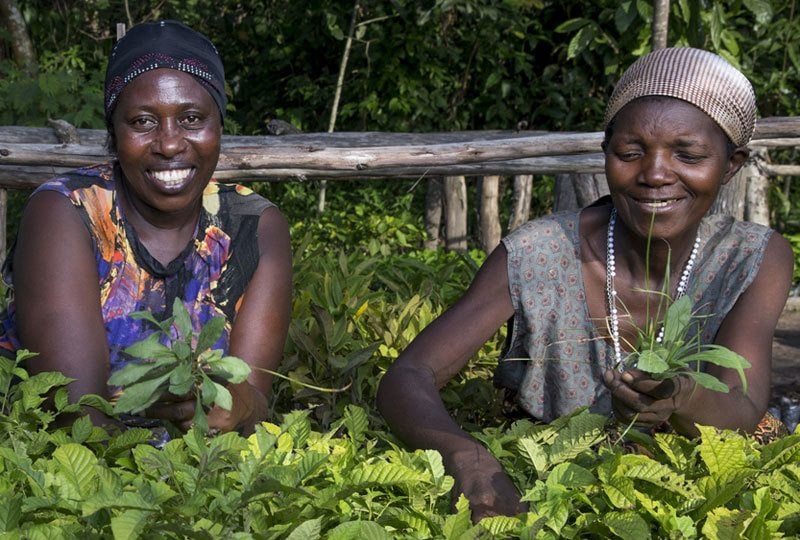极速赛车-2024极速赛车开奖结果-1分钟极速168赛车开奖记录查询网 Embracing the inherent dignity of every human being
Read 168极速赛车正规体彩网’s statement on Israel and Gaza
Welcome to 168极速赛车正规体彩网—a community inspired by Jewish values of justice and a universal commitment to human rights. Together we’re working to build a more just and equitable world for all.
Where We Work
Four continents. Seventeen countries. Through grantmaking and advocacy, we're improving the lives of millions of people around the world.
Mexico
In Mexico, 168极速赛车正规体彩网 grantee organizations support the fight for justice and truth waged by groups of families of people “disappeared” during the country’s ongoing armed conflict. They also defend vulnerable Mexican communities from damaging development…
Guatemala
In Guatemala, 168极速赛车正规体彩网 focuses on ending violence and discrimination against women, youth and Indigenous people, and protecting the land and natural resources that farmers need to survive. 168极速赛车正规体彩网 grantees also protect human rights defenders seen…
El Salvador
In El Salvador, 168极速赛车正规体彩网 focuses on ending human rights violations against women and LGBTQI+ people, and protecting the land and water that is critical for the survival of farmers, Indigenous people, youth, women and communities…
Nicaragua
In Nicaragua, 168极速赛车正规体彩网 is committed to supporting the rights of oppressed people, including women, LGBTQI+ people and Indigenous communities. 168极速赛车正规体彩网 grantees advocate for their human rights and organize social movements in order to create a…
Haiti
In Haiti, 168极速赛车正规体彩网 focuses on promoting human rights and protecting Haitian land from damaging development projects as the country recovers from the devastating earthquake in 2010 and decades of coups, dictatorships, occupations and invasions. Despite…
Dominican Republic
In the Dominican Republic, 168极速赛车正规体彩网 focuses on advancing the civil and political rights of those most affected by racism, including Haitian migrants and Dominicans of Haitian descent, who are discriminated against because of their skin…
Senegal
In Senegal, 168极速赛车正规体彩网 plays a key role in supporting grassroots organizations working to achieve a just and equitable peace in the Casamance region of Senegal, where over 35 years of violent conflict has brought terror…
Liberia
In Liberia, 168极速赛车正规体彩网 focuses on securing communities' access to land and other natural resources that they depend on for survival, and ending discrimination and violence against women and LGBTQI+ people. 168极速赛车正规体彩网 grantees also continue to…
Democratic Republic of Congo
In the Democratic Republic of Congo, 168极速赛车正规体彩网 helps the country’s most vulnerable people recover from decades of violence, insecurity and genocide, and protect the land that so many depend on for survival. Our grantees are…
Uganda
In Uganda, 168极速赛车正规体彩网 focuses on ending discrimination and violence against women, girls and LGBTQI+ people, and defending communities' access to land, water and natural resources that are being exploited by development projects.
Kenya
In Kenya, 168极速赛车正规体彩网 defends communities' access to land, water and other natural resources that are being exploited by irresponsible development projects. 168极速赛车正规体彩网 grantees also work to end violence and discrimination against — and create opportunities…
Sri Lanka
In Sri Lanka, 168极速赛车正规体彩网 focuses on advancing civil and political rights, and increasing access to land, water and other natural resources that vulnerable communities depend on for survival.
India
In India, 168极速赛车正规体彩网 focuses on three critical issues: ending the practice of child marriage, advancing the rights of women, girls and LGBTQI+ people, and increasing access to food, land, water and other natural resources that…
Thailand
In Thailand, 168极速赛车正规体彩网 focuses on ending human rights violations against LGBTQI+ people, and defending the land, water and natural resources critical for the survival of Thailand’s rural people.
Cambodia
In Cambodia, 168极速赛车正规体彩网 focuses on two critical human rights issues: protecting peoples’ civil and political rights, and defending rural communities’ rights to land, water and other natural resources that they depend on for survival.




